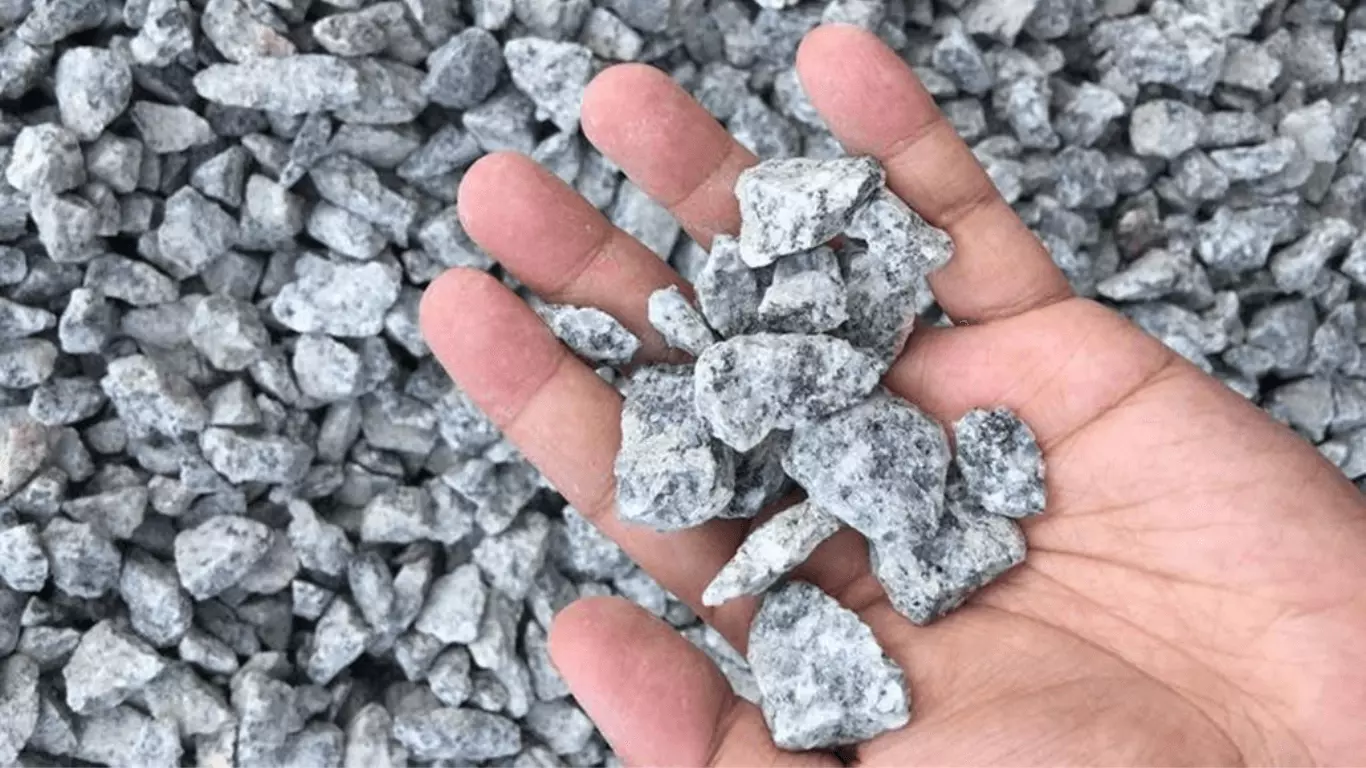When it comes to the world of construction and concrete production, the significance of aggregate materials cannot be overstated. The Aggregate Shape and Texture play a crucial role in determining the strength, durability, and overall quality of concrete mixes.
In this article, we delve into the intricate relationship between aggregate shape, texture, and concrete performance. Shedding light on the importance of aggregate equipment and tests in achieving superior concrete outcomes.
The Foundation of Concrete: Aggregates
Aggregates form the foundation of concrete, constituting around 60 to 75 percent of the total volume of the mixture. They act as the filler material that binds with cement paste to create a cohesive and robust final product. The performance of concrete heavily relies on the properties of aggregates. Among these properties, shape and texture are pivotal.
Aggregate Shape: More Than Meets the Eye
The shape of aggregate particles can range from angular to rounded, and everything in between. This attribute is influenced by the geological origin, transportation, and processing methods of the aggregates. The shape of aggregates can impact the workability of concrete, its strength, and its ability to withstand external forces.
Angular aggregates, for example, interlock more effectively, resulting in improved concrete strength. On the other hand, rounded aggregates can enhance the workability of the concrete mix. Making it easier to pour and place. The right balance of angular and rounded aggregates is often sought after to achieve optimal results.
Texture: The Feel of Strength
Texture, closely related to shape, refers to the surface characteristics of aggregate particles. A rough or textured surface provides greater bonding with the cement paste, leading to improved strength and durability. This is particularly significant in load-bearing structures where concrete’s ability to withstand stresses is paramount.
Aggregates with smooth surfaces may hinder proper bonding and reduce the overall strength of the concrete. Therefore, analyzing and understanding the texture of aggregates is a crucial step in designing concrete mixes that can withstand the test of time.
The Role of Aggregates Equipment and Tests
In the pursuit of exceptional concrete quality. The role of aggregate equipment and tests cannot be underestimated. Advanced machinery and equipment are employed to crush, screen, and separate aggregates according to size and shape. This ensures that the resulting aggregates are consistent in their properties, paving the way for reliable concrete production.
Aggregate tests encompass a range of assessments that help in determining the suitability of aggregates for various concrete applications. These tests uate parameters such as particle size distribution, shape, texture, abrasion resistance, and moisture content.
By subjecting aggregates to rigorous testing, engineers and construction professionals can make informed decisions about their use in concrete mixes.
Implications for Concrete Mix Design
The Aggregate Shape and Texture directly influence the concrete mix design process. Engineers must strike a balance between workability and strength, tailoring the mixture to suit the specific requirements of the project. A mix with too many angular aggregates might be challenging to place, while a mix with solely rounded aggregates might compromise the structural integrity.
Aggregate shape and texture analysis guides the selection of aggregates, ensuring that the final concrete mix possesses the desired characteristics. This analysis not only impacts the mechanical properties of the concrete but also its aesthetic appeal, which is of growing importance in architectural concrete applications.
Conclusion
In the realm of concrete production, the significance of aggregate shape and texture cannot be overstated. These attributes directly influence the workability, strength, and durability of concrete mixes. As construction practices continue to evolve. The use of advanced aggregate equipment and rigorous testing methodologies has become integral to achieving consistent and exceptional concrete outcomes.
By understanding the intricate relationship between aggregate properties and concrete performance. Engineers and construction professionals can design mixes that meet both structural and aesthetic demands. As we look to the future of construction. The journey towards superior concrete begins with a comprehensive analysis of aggregate shape and texture.
FAQs on Aggregate Shape and Texture Analysis for Concrete Mixes:
Q1: Why are aggregate shape and texture important in concrete?
A1: Aggregate shape and texture significantly impact concrete’s workability, strength, and durability. Angular aggregates improve interlocking and strength, while rounded aggregates enhance workability.
Q2: How do angular and rounded aggregates affect concrete?
A2: Angular aggregates increase strength due to better interlocking, whereas rounded aggregates improve ease of mixing and placing.
Q3: What tests are conducted to analyze aggregates?
A3: Common tests include particle size distribution, shape, texture, abrasion resistance, and moisture content assessments.
Q4. How does aggregate texture influence concrete performance?
A4: Rough-textured aggregates bond better with cement paste, enhancing strength and durability, while smooth-textured aggregates may reduce bonding and overall strength.
Q5: Why is a balance of aggregate shapes important in mix design?
A balance ensures optimal workability and structural integrity, catering to both the ease of handling and the strength requirements of the concrete.

